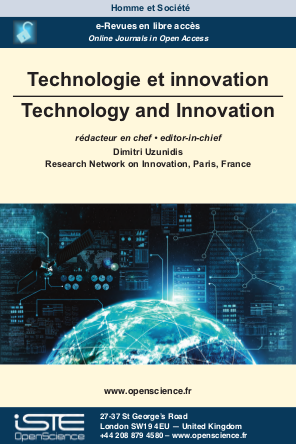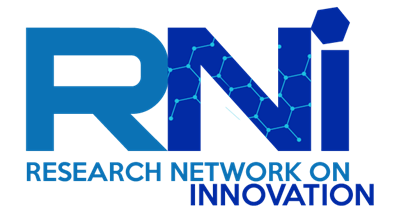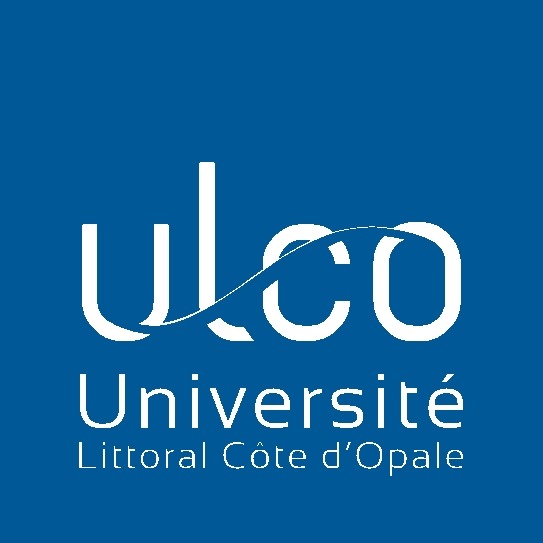Open innovation: a guarantee of a rapid solution for pharmaceutical development?
Collaborative innovation and open innovation are concepts that have been the subject of numerous studies throughout the world, using various sectors as examples, from manufacturing, to automotive, agriculture and pharmaceuticals. Henri Chesbrough defined open innovation in the 2000s as “the use of knowledge inputs and outputs to accelerate internal innovation and expand markets for the external use of innovation respectively” (Chesbrough, 2003). The use of collaborations and external partners, companies from different backgrounds, has become commonplace in recent years. The search for economic profitability, social impact, environmental impact and shortening the time to market for products and services are the main motivations for using collaborative strategies.
Two companies can work together to achieve common goals more efficiently. The most recent example is the alliance between the American firm Pfizer and the German firm BioNTech. The former specializes in the production of health care products, medicines and vaccines. The latter has expertise in the development of individualized cancer therapies. Biotechnology and in particular messenger RNA (mRNA) technology is an activity that BioNTech carries out. The vaccine developed in 2020 by the Pfizer-BioNTech alliance enables the coding of an S protein of the COVID-19 envelope. This teaches the human body to recognize the virus and to store it in memory in case it can fight it off in the event of a potential infection.
This collaboration illustrates the concept of open innovation in every respect. The knowledge, know-how and expertise of both partners are exploited in such a way as to increase the capacity for innovation. When BioNTech contribute with its technological experience, Pfizer provides its commercial and regulatory capabilities, not to mention the infrastructure and human resources that both companies bring to the table.
Furthermore, on the Pfizer website, it is possible to read a 5-point plan that the company has recently defined. These five promises are dedicated to supporting scientists and research in the fight against COVID-19. One point concerns the sharing of Pfizer’s technology and knowledge. An open access tool will be developed through an open source platform for this sharing to the scientific community. Another point is again the sharing of expertise, this time on clinical development and regulatory issues for companies that are engaged in vaccine development but are facing regulatory and licensing issues. Another point of this plan concerns the future collaboration of experts through different American health institutions in projects to develop health solutions for potential future epidemics. Through these formulations, the pharmaceutical company is concretely using the principles of open innovation
En temps normal, le délai entre la recherche d’un vaccin et sa mise sur le marché prend en général une dizaine d’année. De par l’ampleur des conséquences de ce coronavirus en 2020, en termes de nombre de décès (proche de 2 millions dans le monde), de pertes économiques, de l’impact social et sociétal pas totalement encore connus, une modification du protocole de développement du vaccin a été réalisé. Chaque médicament et vaccin suit un protocole avec des tests rigoureux pour garantir leur innocuité. Les essais cliniques sur l’homme se déroulent en trois phases ; la première phase vise à garantir l’innocuité du vaccin en le testant sur un nombre restreint de personnes. Ainsi, le dosage idéal et l’assurance d’une réponse immunitaire sont établis. Lors de la deuxième phase, le vaccin est injecté à une centaine de personnes volontaires, les dissociant en différents groupes pour affiner le dosage en fonction de plusieurs caractéristiques comme l’âge. Un groupe placebo est inclus dans cette phase. La dernière phase comporte des milliers de volontaires pour lesquels le vaccin est injecté. Il est courant de faire cette phase dans plusieurs régions d’un même pays et plusieurs pays pour s’assurer de l’efficacité du vaccin pour diverses populations. Dans le cas du vaccin développé pour le COVID-19, les trois phases ont été menées en parallèle en quelques mois seulement.
Finalement, la chute de l’activité économique a été très importante en 2020. En France, l’INSEE a ainsi calculé une baisse de 18.9% de l’activité économique au deuxième trimestre 2020 par rapport au quatrième trimestre 2019. Cet écart s’est ensuite réduit à -3.7% au troisième trimestre 2020 du fait du déconfinement et de la levée de restrictions gouvernementales. Une hausse de cet écart a ensuite eu lieu à l’automne, à cause du second confinement. Au final, la contraction annuelle du PIB serait de -9% en 2020 par rapport à 2019. Ces données sont d’autant plus inédites que l’évolution actuelle de la situation sanitaire est incertaine. Il est sans nul doute que l’année 2021 sera également marquée par des initiatives collaboratives fructueuses pour parvenir à pallier les pertes et les effets négatifs engendrés depuis plus d’un an.
Under normal circumstances, the time between the research and the development of a vaccine and its launch on the market generally takes about ten years. Due to the scale of the consequences of this coronavirus in 2020, in terms of the number of deaths (close to 2 million worldwide), economic losses, and social and societal impacts, which are not yet fully known, a modification of the vaccine development protocol has been carried out. Each drug and vaccine follows a protocol with rigorous tests to guarantee their safety. Clinical trials on humans are conducted in three phases; the first phase aims to guarantee the safety of the vaccine by testing it on a limited number of people. In this way, the ideal dosage and the assurance of an immune response are established. In the second phase, the vaccine is injected into around 100 volunteers, breaking them down into different groups to refine the dosage according to several characteristics such as age. A placebo group is included in this phase. The final phase involves thousands of volunteers for whom the vaccine is injected. It is common to do this phase in several regions of the same country and in several countries to ensure that the vaccine is effective for different populations. In the case of the vaccine developed for COVID-19, the three phases were conducted in parallel in just a few months.
Finally, the drop in economic activity was highly significant in 2020. The French national institute of statistics and economic studies (INSEE) has calculated an 18.9% drop in economic activity in the second quarter of 2020 compared to the fourth quarter of 2019. This gap then narrowed to -3.7% in the third quarter of 2020 due to the lock down interruption and the lifting of government restrictions. An increase in this gap then took place in the autumn due to the second lock down. In the end, the annual contraction of GDP would be -9% in 2020 compared to 2019. These data are all the more unprecedented as the current evolution of the health situation is uncertain. There is no doubt that the year 2021 will also be marked by fruitful collaborative initiatives to succeed in mitigating the global losses and negative effects generated for more than a year.
By Camille Aouinaït
References
Chesbrough H. W. (2003), Open Business Models: How To Thrive In The New Innovation Landscape, Harvard Business School Publishing, Brighton.
Institut national de la statistique et des études économiques. (2020), Point de conjoncture du 15 décembre 2020. Disponible à
Labrouche, Geoffroy & Kechidi, Med. (2016). La stratégie d’innovation ouverte de Sanofi. Journal de gestion et d’économie médicales. 34. 10.3917/jgem.161.0065
Organisation Mondiale de la Santé. (2020), Comment les vaccins sont-ils développées ? Disponible à www.who.int/fr/emergencies/diseases/novel-coronavirus-2019/covid-19-vaccines/how-are-vaccines-developed
More:
 |
|



